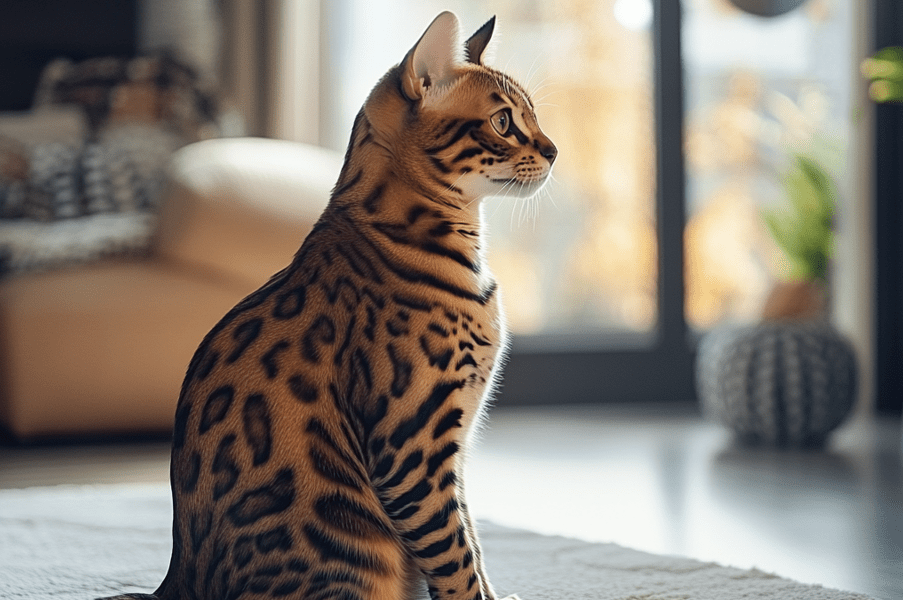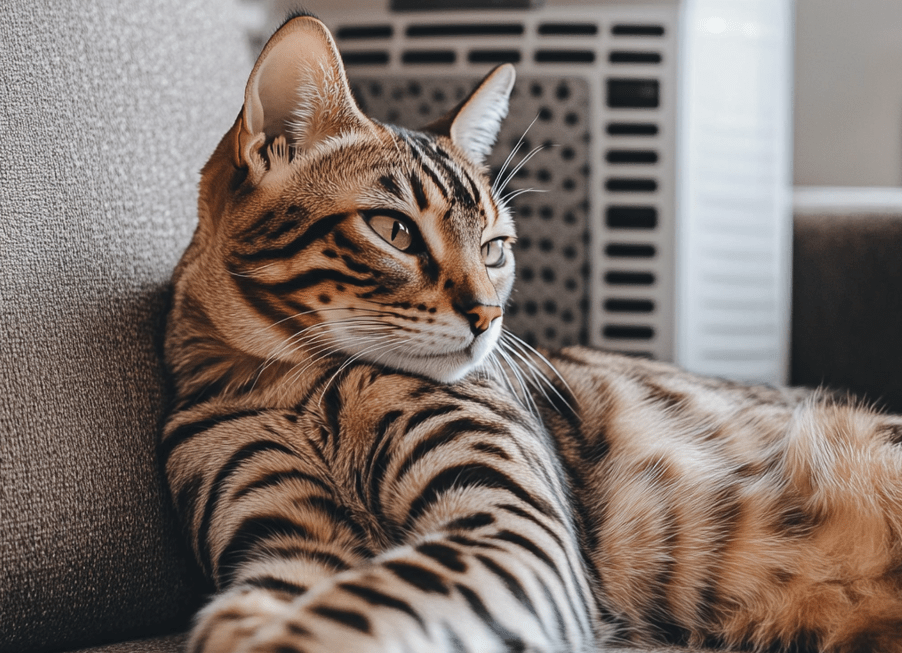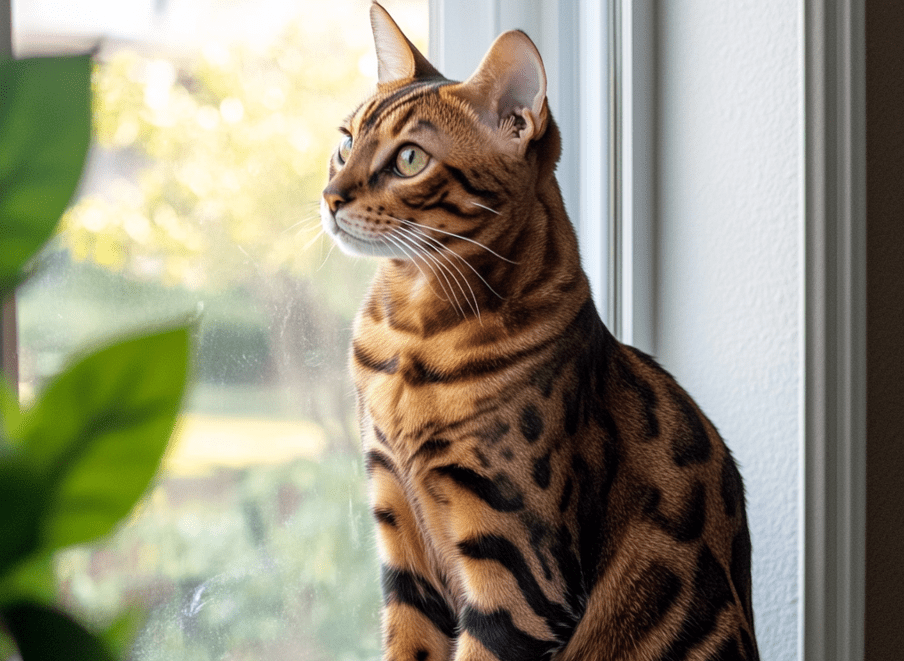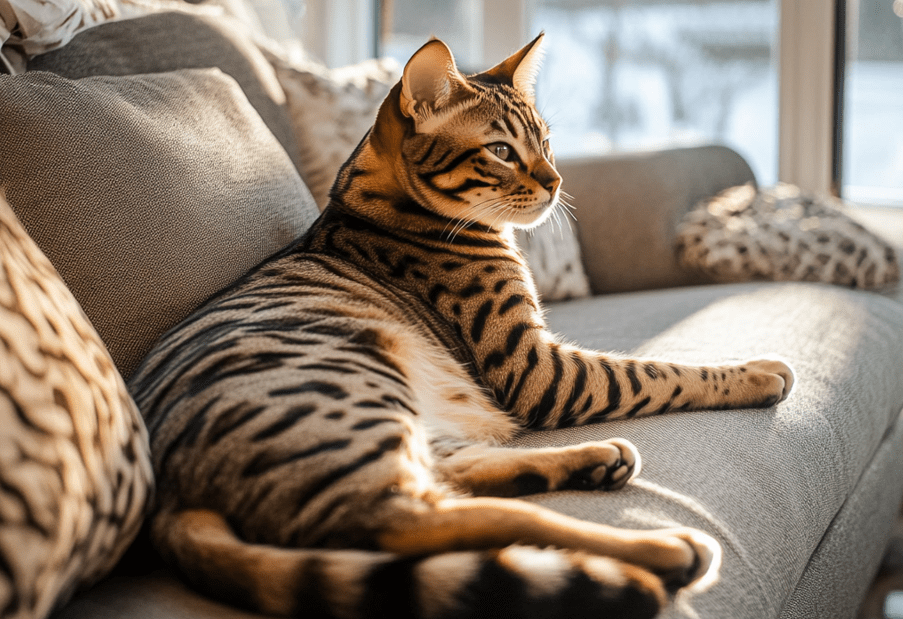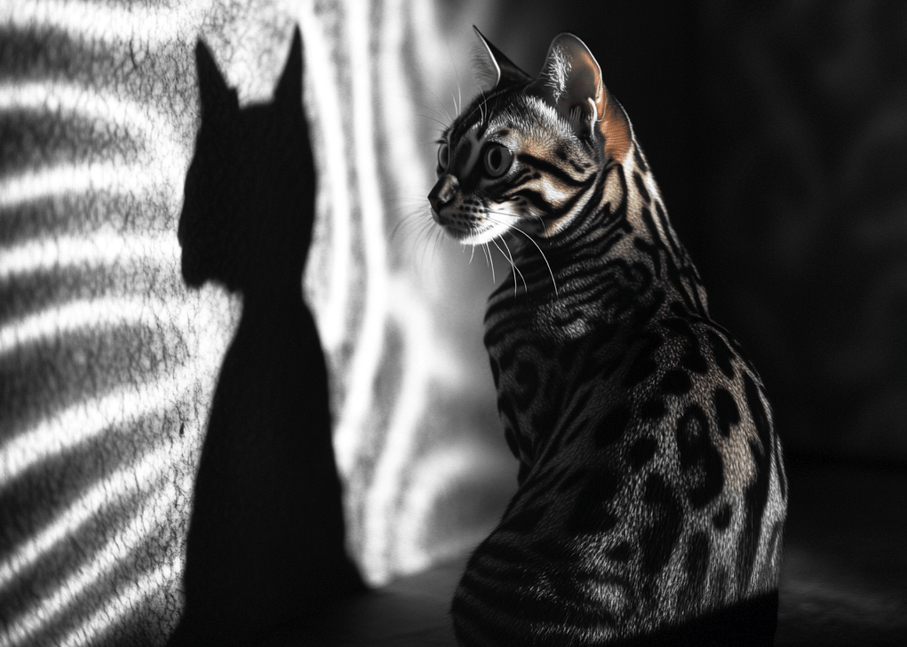
Although Bengal cats are a wild breed, their curiosity and playfulness make them a favorite companion of experienced cat owners. Bengal cats have stricken wild markings and a friendly nature. They are lively and active, yet they are also gentle and loving. They quickly form bonds with their human companions and show their loyalty every day.
Unfortunately, Bengal cats (like most cat breeds) are at risk of certain health issues that every owner should be aware of. Here are some health issues in Bengal cats that can affect at any stage of their life.
Genetic Conditions and Health Concerns
Bengal cats can be affected by a specific genetic disease that leads to retinal degeneration. This disease is called Progressive Retinal Atrophy (PRA). Unfortunately, there is no cure for PRA, and it can ultimately lead to blindness. However, vision-impaired cats can live a full and happy life with some extra help around the home.
There are two forms of PRA:
Hereditary form: This generally affects kittens around 2-3 months of age.
Late-onset: This is seen in cats aged 2-5 years.
The first sign of both types of PRA is night blindness. Like HCM, responsible Bengal breeders are advised to conduct genetic testing for the disease on both parents before breeding their kittens.
Pyruvate Kinase Deficiency (PKD) is a genetic disorder that causes a deficiency of the enzyme pyruvate kinase in cats. This leads to the rapid breakdown of red blood cells compared to normal levels, which can result in anemia or other blood-related conditions. Fortunately, PKD can be genetically tested, reducing the risk of PKD in kittens.
Some other hereditary conditions in Bengal cats include: Cataracts, Progressive retinal atrophy, Entropion, Cardiomyopathy, Joint issues, Polycystic kidney disease, Peripheral neuropathy, Excessive grooming, FIP (Feline Infectious Peritonitis), Diarrhea, Vomiting, Decay, Hip dysplasia, Bengal polyneuropathy, Sensitive stomach.
Being aware of all these genetic issues and conducting necessary tests can aid in ensuring a healthy life for them.
Cancer and Gastrointestinal Issues
All cats are at risk of developing cancer, but certain breeds are more likely to develop specific types of cancer than others. In particular, Bengal cats have a higher risk of lymphoma compared to other breeds.
Lymphoma is a type of cancer that affects the lymphatic system. This includes lymph nodes, vessels, the spleen, bone marrow, the thymus, and parts of the gastrointestinal tract. Intestinal lymphoma is the most commonly seen type among cats. If your cat is diagnosed with lymphoma, your veterinarian will determine the most effective treatment method based on the location and stage of the cancer. Typically, surgery and/or chemotherapy along with radiation are recommended.
Another health issue that Bengal cats face is gastrointestinal (GI) problems. According to Freon, this issue may arise due to their curious nature, as they often ingest things that can be harmful to them, such as houseplants. The Bengal rescue organization has reported that inflammatory bowel disease can also be responsible for these problems.
If you notice unusual vomiting, diarrhea, or changes in appetite in your cat, it is necessary to take them to the veterinarian. The veterinarian will perform the necessary tests to determine the underlying cause and develop a treatment plan.
Dental Health Challenges
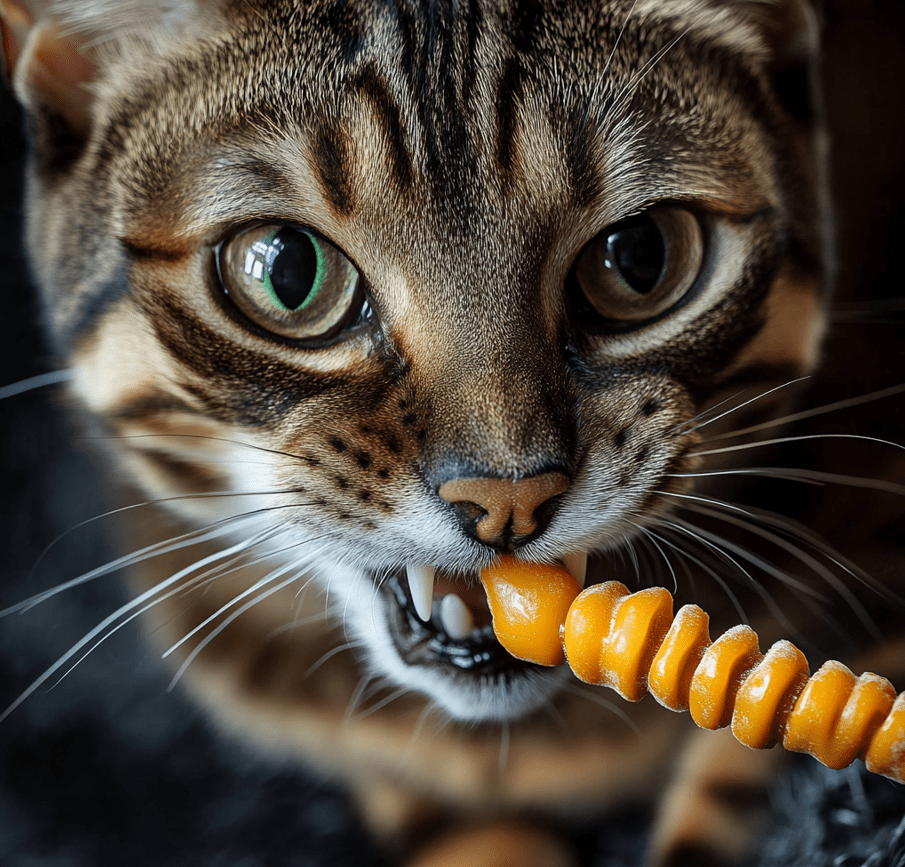
A common problem among Bengal cats is dental disease. Like other cats, Bengal cats do not have the opportunity to take care of their teeth spontaneously. Without the owner’s help, the average Bengal cat is much more likely to suffer from dental issues. Severe dental disease can lead to a Bengal cat losing its teeth or facing organ damage.
To prevent dental disease, it is essential to regularly remove food and residue from your cat’s teeth and gums. This can be done through daily brushing and providing dental treats. Additionally, it is crucial to take your Bengal cat for a professional dental cleaning at least once a year.
Dental issues in Bengal cats require careful attention. Poor dental health can negatively affect a cat’s overall health.
A dental abnormality known as “Feline Oral Resorptive Lesion” (FORL) is observed in Bengal cats. Generally, lesions appear when the cat is over four years old. Although the exact cause of FORL is not fully understood, it destroys the enamel of the teeth and causes resorptive lesions in the dentin, which can lead to pain for the cat. In this condition, there may be increased salivation, bleeding from the mouth, or difficulty eating. However, sometimes there may be no external signs of pain, so you might not be aware of this condition.
FORL has four stages:
First Stage: The enamel remains intact, and it can be completely cleaned through treatment.
Second Stage: Lesions form that penetrate the enamel and dentin; treatment includes fluoride ions, which strengthen the enamel and bond with the tooth surface.
Third Stage: Extraction or root canal may be necessary, as the resorption can extend to the root.
Fourth Stage: Tissue grows over the root, resulting in lesions that bleed and are generally painful. The treatment is extraction.
Regular treatment and proper care are essential for maintaining the dental health of Bengal cats. This will help ensure their overall health and happiness.
Joint and Bone Disorders
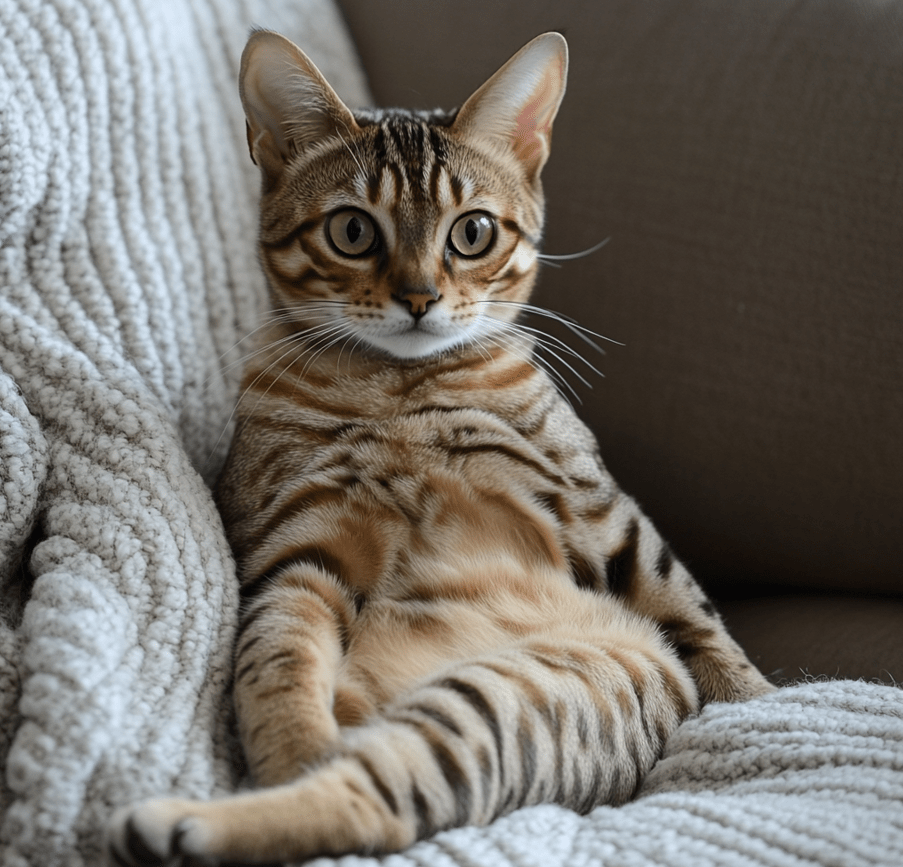
Hip dysplasia is commonly associated with dog problems but is also a significant issue for some cat breeds, particularly Bengals. This condition arises from abnormalities in the hip joint, which causes the bones to grind against each other. Over time, this leads to progressive damage, and the cat may become lame. Typically, hip dysplasia affects the hind legs, making walking, sitting, and standing extremely difficult for the cat.
Another issue faced by Bengal cats is luxating patella. This is a condition where the kneecap (patella) dislocates from its normal position in the knee joint. This condition can increase the likelihood of arthritis, and luxating patella may result from physical injury, genetic predisposition, or a secondary complication of hip dysplasia.
In both hip dysplasia and luxating patella, symptoms in cats may include abnormal gait, pain, and difficulty moving. If you notice such signs in your Bengal cat, you should contact a veterinarian immediately.
Treatment plans typically include physical therapy, medication, and, in severe cases, surgery.
Hip dysplasia and luxating patella can be serious health issues for Bengal cats. Taking prompt action to identify and address these problems can help ensure their health and happiness.
Kidney disease
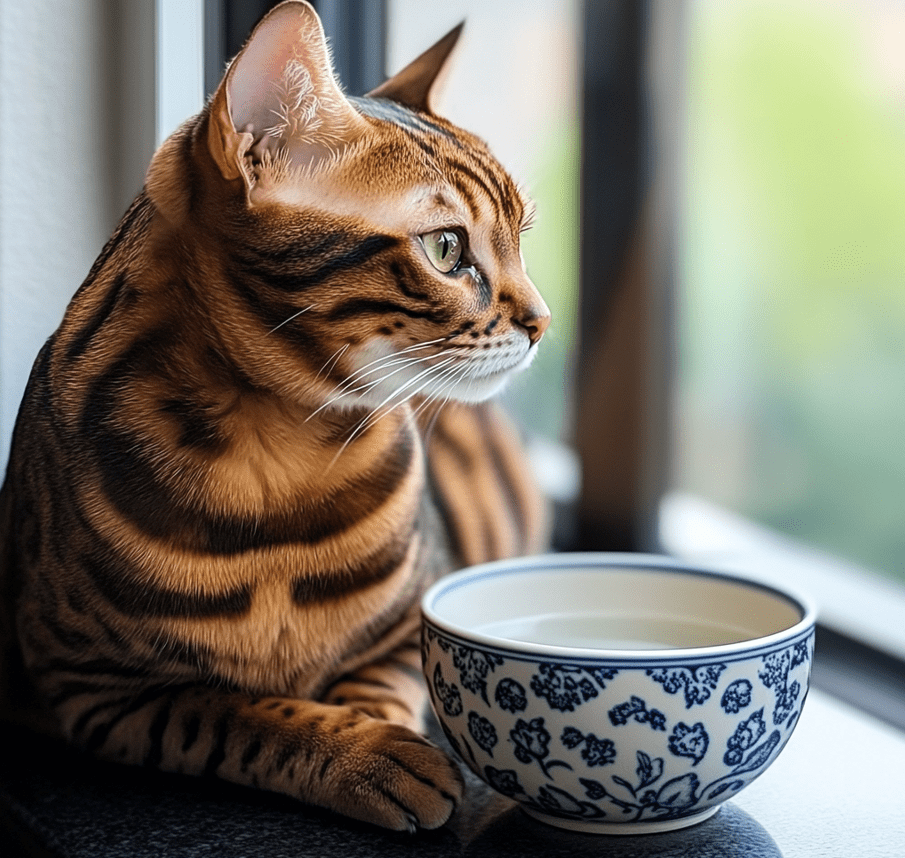
Kidney disease is a common problem among Bengal cats. As cats age, it is important to notice the signs of this disease. Some cats may be born with abnormal kidneys and can experience kidney failure early in life. However, in most cases, poor diet and chronic dehydration lead to kidney disease, which can eventually result in complete kidney failure.
Unfortunately, there is no cure for kidney failure, but some veterinarians offer replacement services. On the other hand, proper treatment can help extend a cat’s lifespan by an additional two years.
Heart Disease
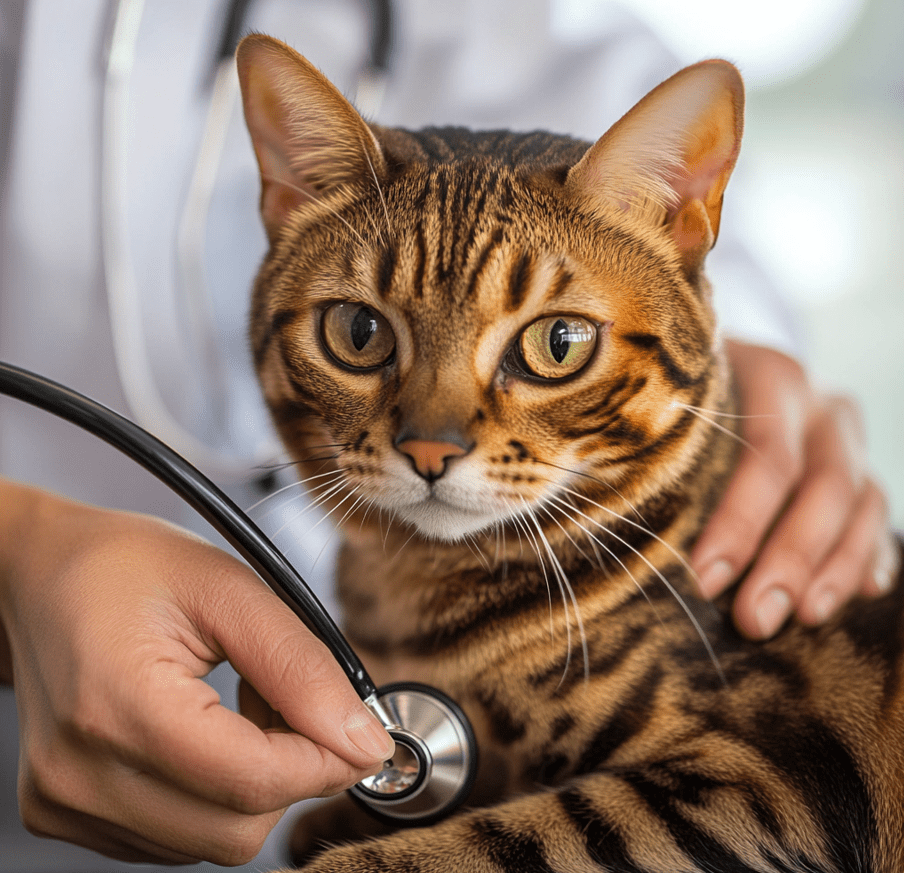
Bengal cats may also develop heart disease. There are two main types of heart disease:
Congenital Heart Disease: Bengal cats can be born with heart defects known as congenital heart disease.
Adult Heart Disease: This begins in adulthood and affects the heart muscle.
The causes of adult heart disease are not always clear, but diet and lifestyle can play significant roles.
Older Bengals tend to have a condition called hypertrophic cardiomyopathy. In this condition, the heart muscle thickens, requiring the heart to work harder. This can lead to blood clots, thrombosis, and congestive heart failure, which can be life-threatening.
Diabetes
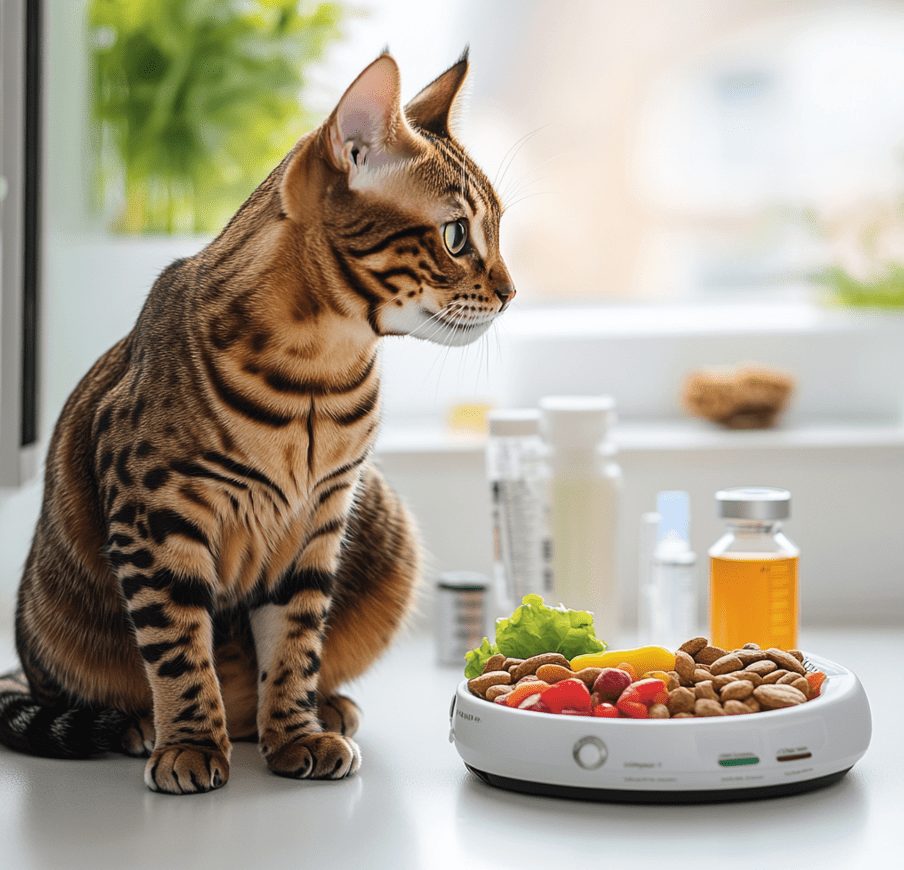
For Bengal cats, like all other cat breeds, the risk of developing Type 2 diabetes increases with age. Similar to humans, obesity is one of the main causes of diabetes in cats. Excess weight reduces the effectiveness of insulin, which can lead to diabetes.
Additionally, steroid treatments used for physical issues such as asthma can contribute to the development of diabetes in Bengal cats.
Allergies
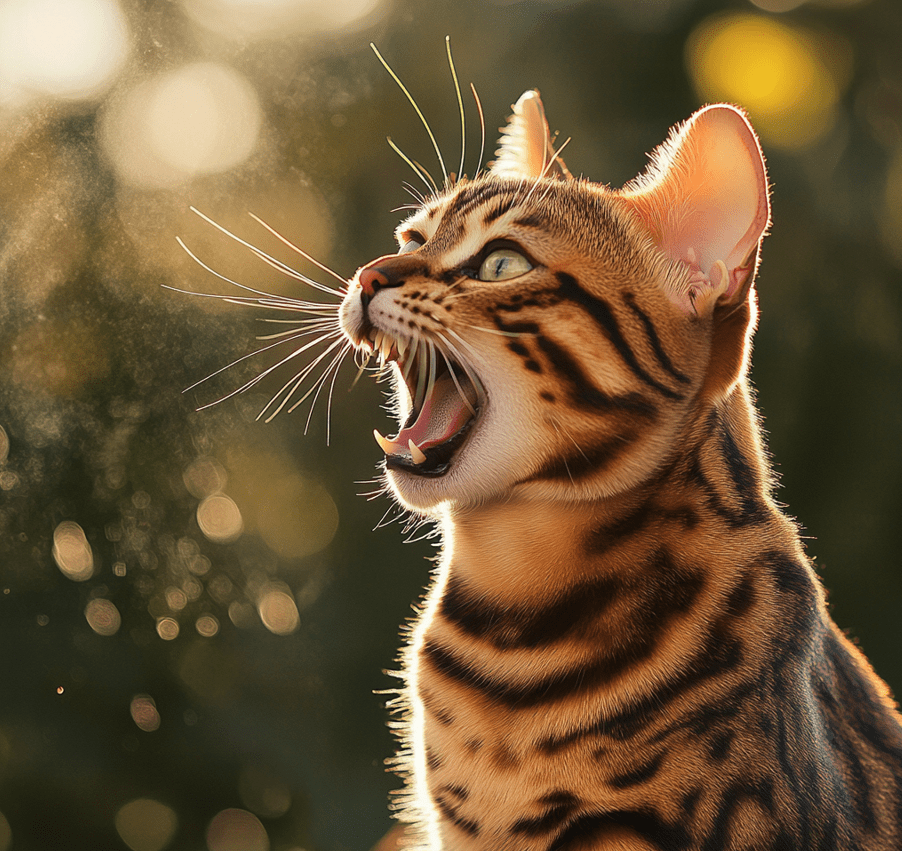
Most cats suffer from allergies. This occurs when foreign proteins enter the body, and the immune system overreacts to them.
Common signs of allergies in an average cat include: Excessive itching, Sneezing, Breathing difficulties, Watery eyes.
Among the most common allergens affecting Bengal cats are flies, certain foods, and pollen.
It is extremely important to identify health issues in Bengal cats and seek timely treatment. Through proper health care and a suitable diet, you can help ensure their healthy and happy life.
Other Common Health Concerns
The organ most commonly affected in Bengal cats is the liver. When a cat suffers from liver disease, it may exhibit signs of lethargy and weight loss. Eventually, more than two-thirds of the liver must be damaged for the cat to progress to liver failure. Therefore, if the disease is diagnosed and treated early, recovery is possible.
It is normal for cats to occasionally experience gastrointestinal upset, which may result in vomiting or diarrhea. However, kittens with gastrointestinal disease may show signs of regular gastrointestinal upset. The causes of gastrointestinal disease can vary, so if you suspect that your cat is suffering from GI issues, it is very important to schedule a check-up with a veterinarian.
Symptoms of gastrointestinal issues include: Lethargy, Decreased appetite, Abdominal bloating.
Feline Infectious Peritonitis (FIP) is a virus that affects the gastrointestinal tract. This virus particularly causes diarrhea in young kittens whose immune systems have not fully developed. However, it is possible to eliminate the virus with antiviral, immunostimulant, and anti-inflammatory medications.
Hypothyroidism is a condition to which many cat breeds, especially Bengals, are susceptible. Typically, this disease develops in older age and may indicate the presence of a tumor near the thyroid gland. Fortunately, if hypothyroidism is caught early, it can be treated.
If you notice a swollen lump on your cat’s neck or if your cat continues to lose weight despite eating well, it is time to visit the veterinarian’s office.
Timely action is crucial for identifying and treating health issues in Bengal cats. Proper health care and monitoring will help ensure their happiness and well-being.
Conclusion
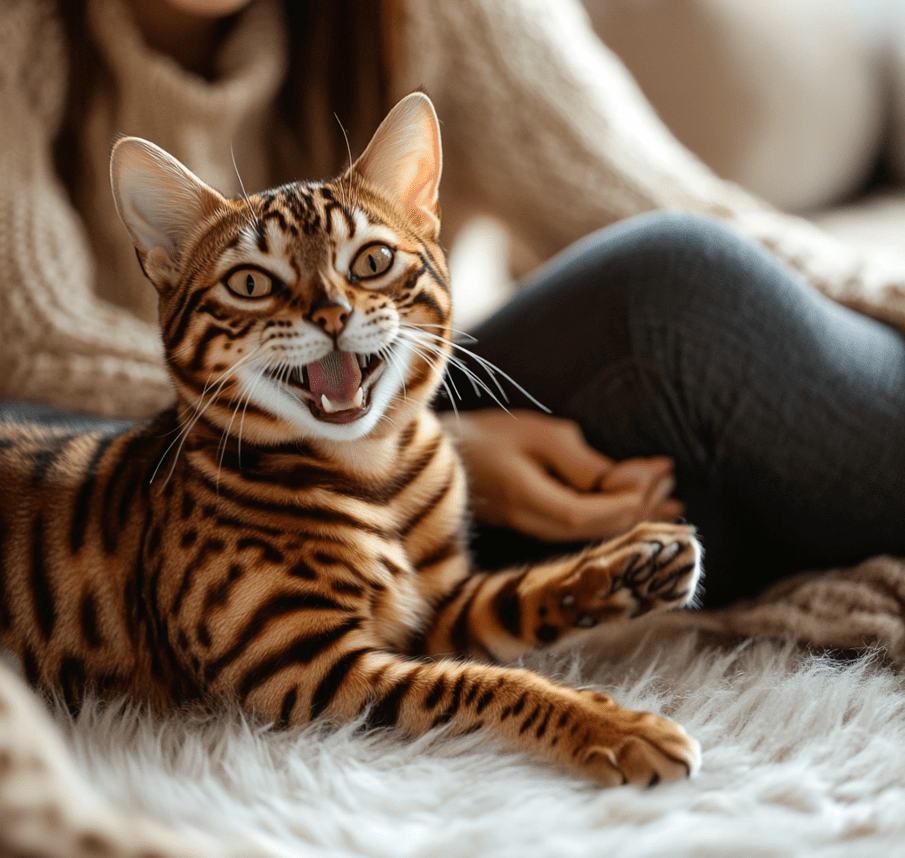
Bengal cats are generally healthy animals that have the ability to live long, happy, and healthy lives. However, these cats can be sensitive to certain health conditions. Therefore, monitoring your cat’s health is extremely important.
You should keep a record of your Bengal cat’s health indicators throughout its life. Take any changes in symptoms or unusual behavior seriously if you notice them promptly.
If you ever have doubts about your Bengal cat’s health or suspect that any issues are arising, it is very important to contact your veterinarian quickly. Early identification of problems and timely treatment can be extremely beneficial for your cat’s health.
Taking good care of your Bengal cat and being aware of their health status is essential for ensuring their happy and healthy life. With proper care, they will be able to enjoy a long and joyful life.

